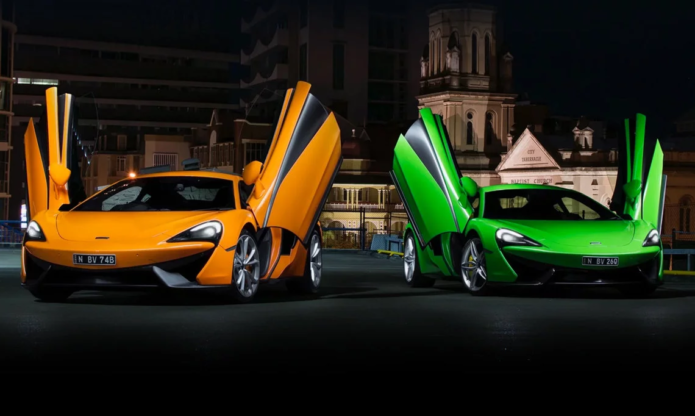For many of us born in the 1980s and beyond, growing up we obsessed over posters of Ferraris and Lamborghinis, filling our childhood ambitions with thoughts of ‘one day’. Now though, for those that will call themselves car enthusiasts in a decade or so, the British brand that is McLaren is making some serious headway.
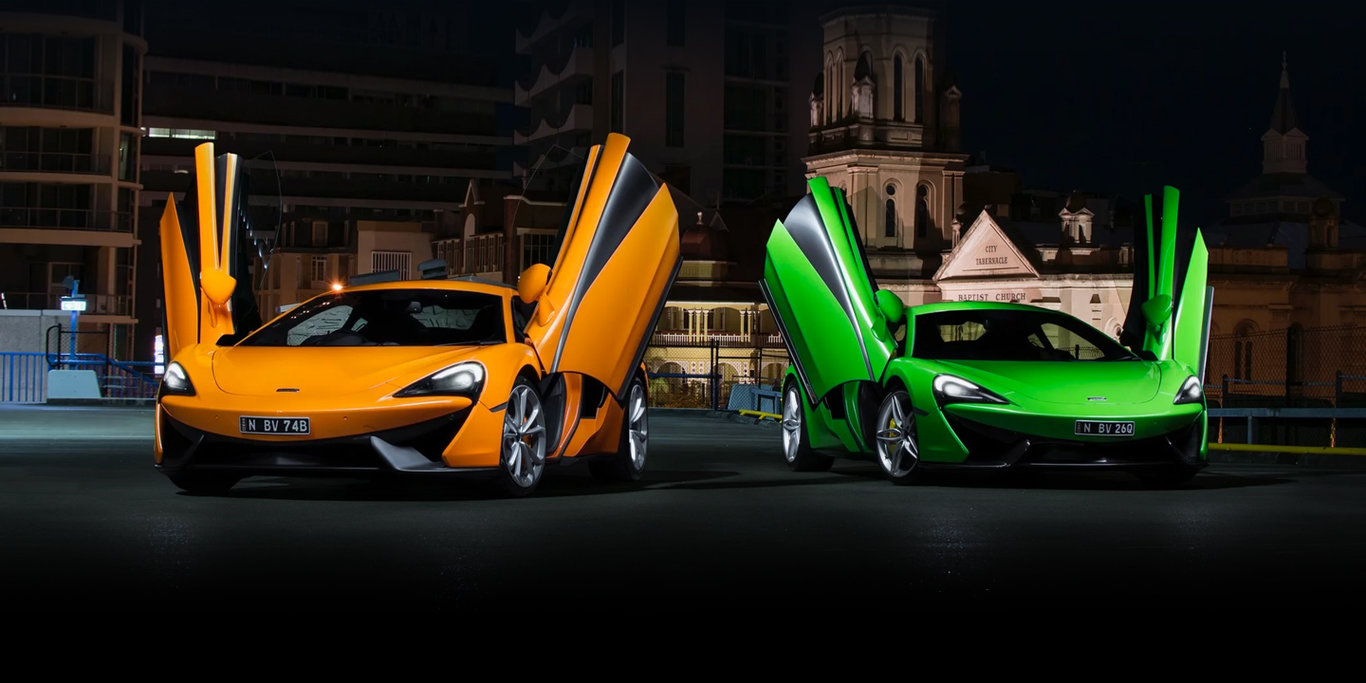
McLaren now sells more cars globally than Lamborghini, and that’s a remarkable achievement.
But its sales success is because of a few reasons. It’s often said McLaren makes one supercar and the marketing department turns it into a dozen. Seriously, McLaren currently has 12 models listed on its website. They range from the 540C we have here, all the way to the hypercar that is the P1.
So, when the keys to a McLaren 540C and 570S showed up to our office, we were curious to see if there’s all that much of a difference between the pair, other than price and slight power advantage in the latter’s favour.

You have to remember, all of the models in the company’s sports car series (570S, 570S Spider, 570GT and 540C) use the same platform and the same 3.8-litre twin-turbo V8, which in the 570S’s case makes, well… 570PS (562HP) or 419kW. In fact, the outgoing 650S and the 675LT(and all their derivatives) also use the same architecture. It’s only the soon-to-be-released 720Sthat will receive an upgrade.
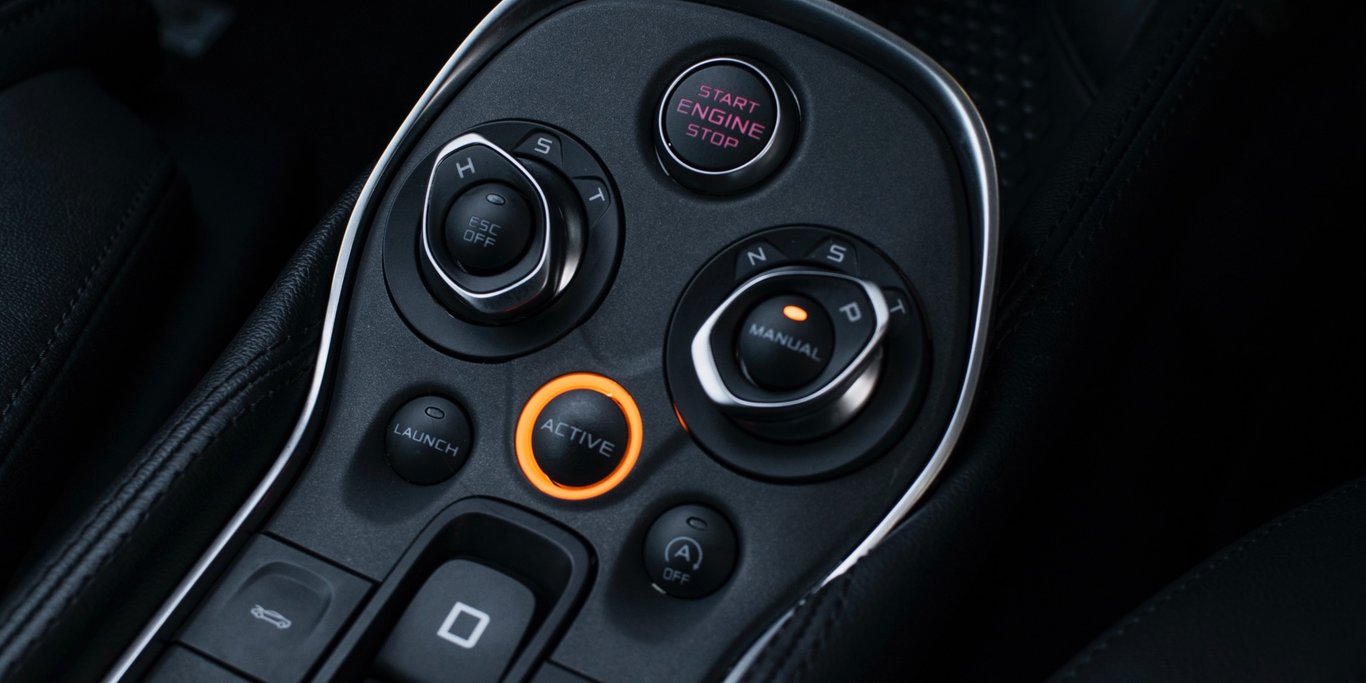
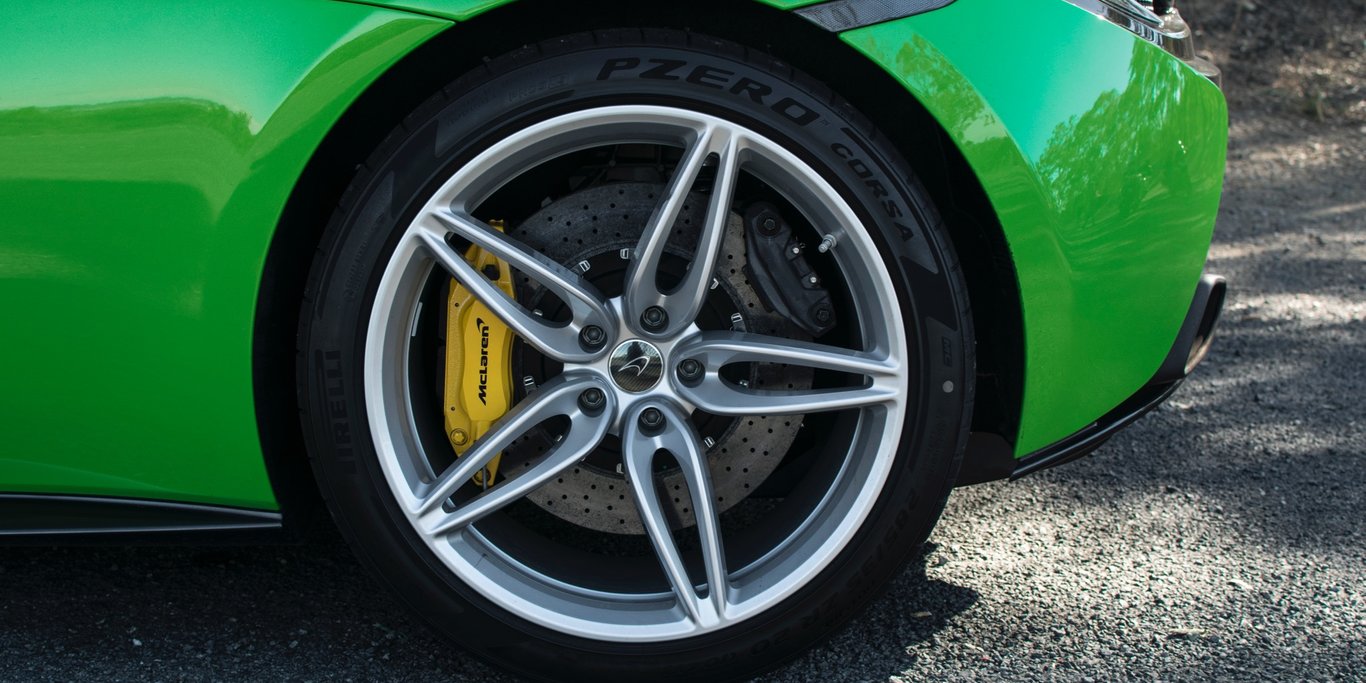
The question is, does the average punter have a clue what the difference between the two is and what a McLaren even costs? Does it even matter? And more importantly, what’s it like to live with two different McLarens for a few days?
To answer the last question first, don’t take your McLaren into a paid car park. As you can see on this Facebook video involving yours truly, which has had half a million views, it’s not a good idea. Because it is actually impossible to get the ticket machine to spit out a ticket, and if you open the doors, well, that only makes things worse.

That aside, we took the two cars up into Queen St Plaza in Brisbane’s CBD and Southbank near the Eye of Brisbane and parked them side by side to ask punters what they thought each was worth. The results were very interesting.
The average person, we found, has absolutely no idea what a McLaren is. The brand has a racing and motorsport history as rich as Ferrari, and certainly more so than the likes of Lamborghini and Aston Martin, but up until recently it has never (with the exception of the iconic McLaren F1, and to an extent the Mercedes-Benz SLR McLaren) had much to do with road cars.
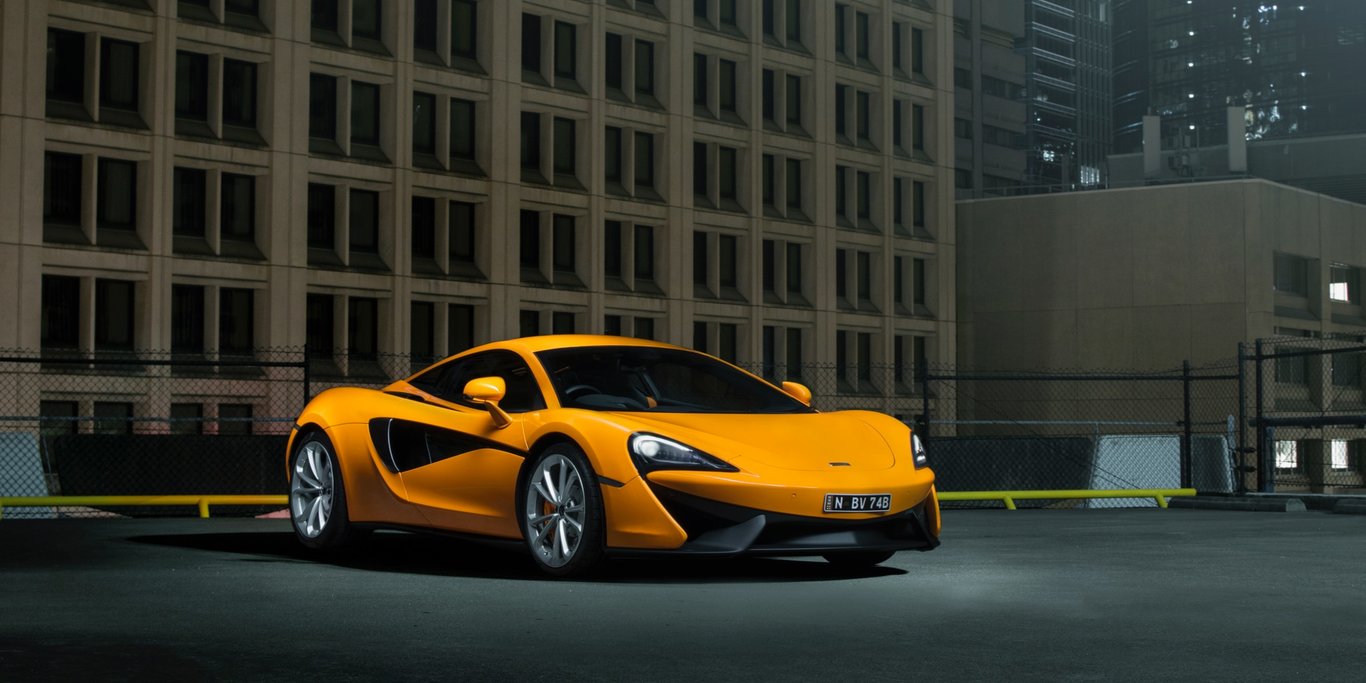
It was the McLaren MP4-12C that restarted the McLaren Automotive brand in 2011 (sure, the company offered a McLaren pack for the Mercedes-Benz SLS AMG, but that wasn’t much of a standalone McLaren), which hadn’t made a car since the production of the F1 ended in 1998.

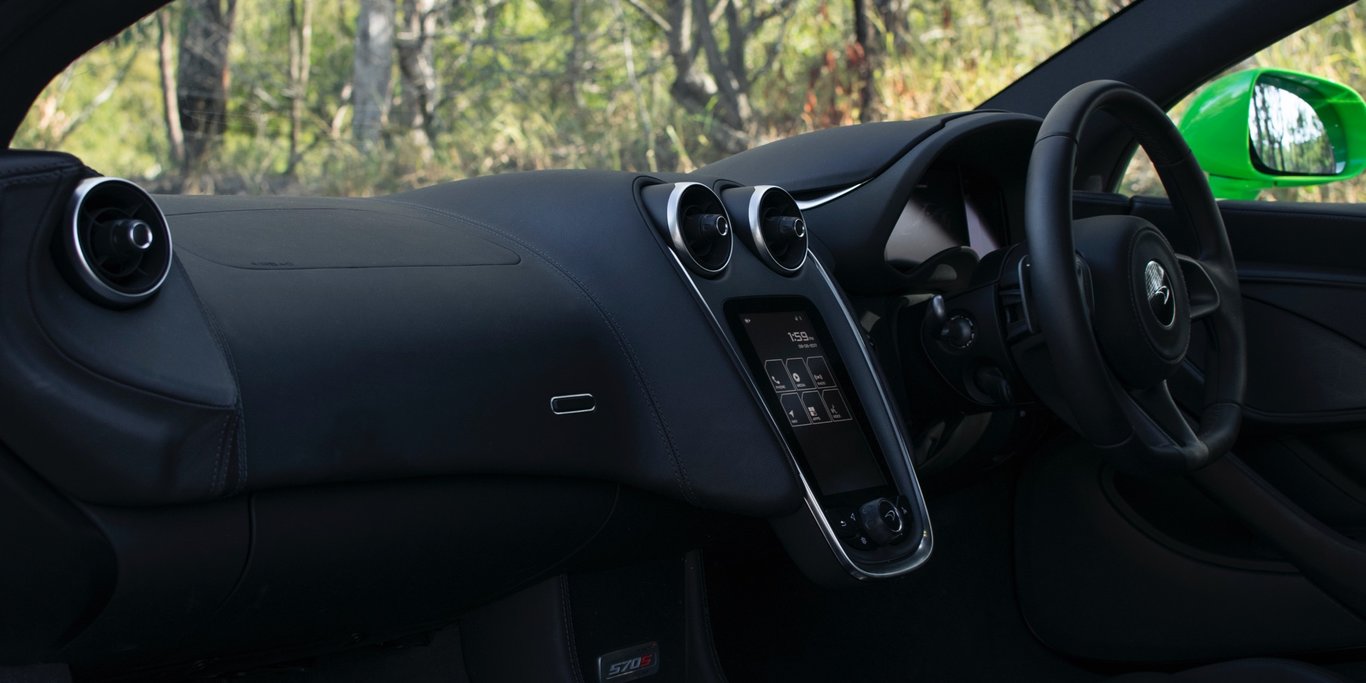
In those 13 years, the British company had enjoyed enormous success in Formula One under the leadership of now departed Ron Dennis, with the likes of Lewis Hamilton being crowned world champion in a McLaren in 2008. There is no motorsport fan worth their salt that doesn’t know what a McLaren is, but if you ask the average punter? Not a clue.
We asked the question from more than a hundred passers-by and the responses ranged from ‘what is it?’ to ‘it’s a nice Aston Martin’. As for estimated pricing? We had everything from $90,000 to $2.5 million for each car. This was very interesting for us, as having done a similar experiment with a Lamborghini and Ferrari in the past, the figures were far more consistent and closer to the answer.

Most, however, did figure out that the green 570S, is more expensive than the orange 540C. That probably had a bit to do with the unpainted bumpers and the lack of carbon ceramic brakes on the orange car. Not to mention the extra carbon bits on the 570S that really help it pop. The price difference between our two cars was roughly 60k, and really, if you’re going to buy a baby McLaren, we would highly recommend the 570S over the 540C, but more on that later.

The fact of the matter is, no one that doesn’t love cars buys a McLaren. There is something fundamentally different about a McLaren owner as a result. In our time in Brisbane, we have met dozens of owners and each and every one of them love their cars for their performance and historic virtues.
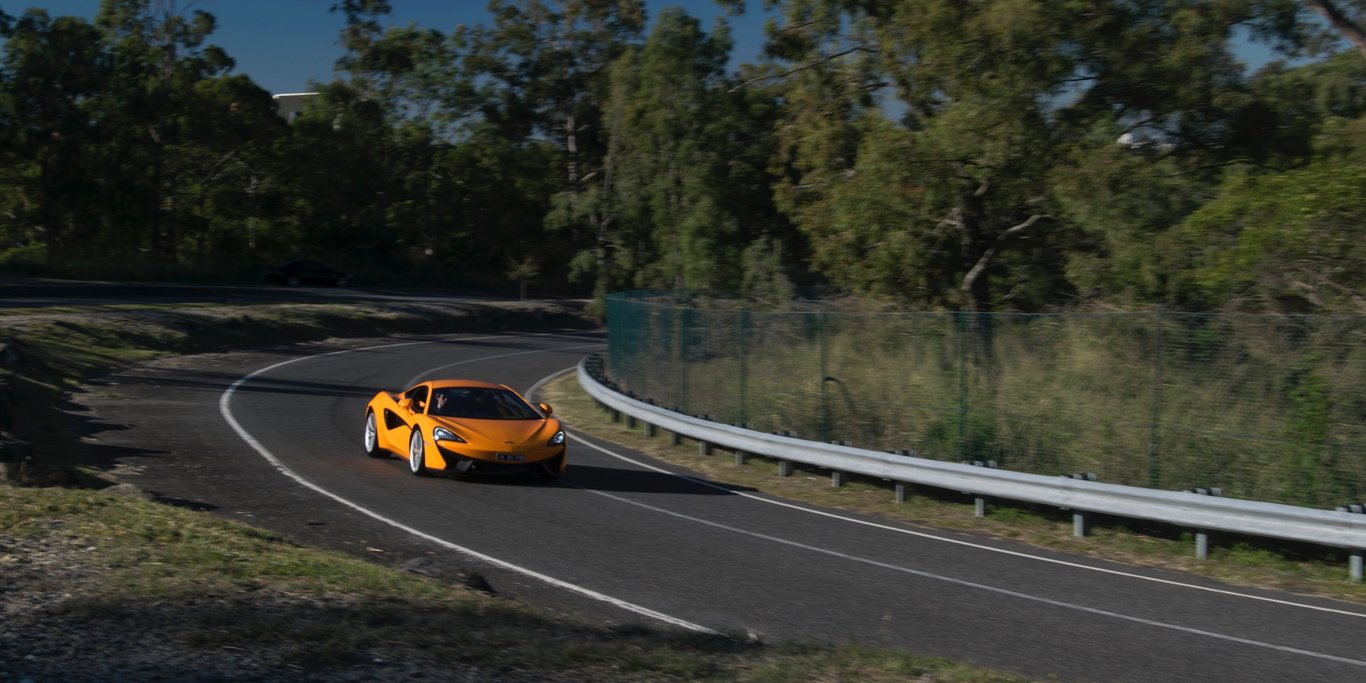

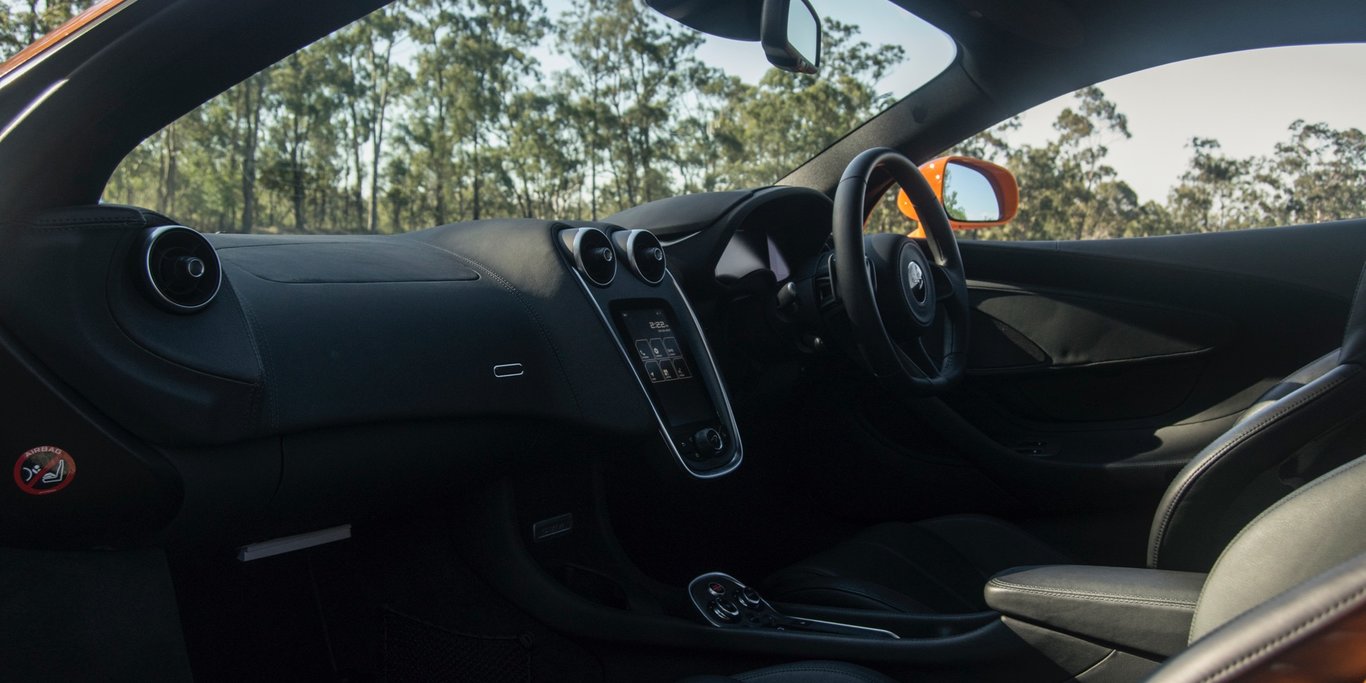
The same can’t be said about all Ferrari and Lamborghini owners, some of whom view their possession as a status symbol more than anything else.
That might also explain why the McLaren is more about performance than showmanship (regardless of the doors) because getting behind the wheel of a McLaren can be a little anti-climactic.

There is nothing awfully special about the interior. Sure, the sports seats are nice and the small Tesla-like infotainment screen (that runs Android and is insanely annoying to use) looks the business, but it doesn’t have the wow-factor of Lamborghini’s interior or the pureness of a Ferrari’s.
It also doesn’t possess the luxury fit and finish of an Aston Martin or Bentley. It sits somewhere in the middle of all of those, and not necessarily for all the right reasons. Even the key can feel a tad flimsy. But its flimsiness showcases the brand’s emphasis on lightweight engineering. Every last bit of weight is stripped for maximum performance.

The good thing, though, is that once you turn it on and make use of your right foot, any complaints about the interior become meaningless, for both of these cars – which sit at the very bottom of the McLaren tree – are really f***ing fast.
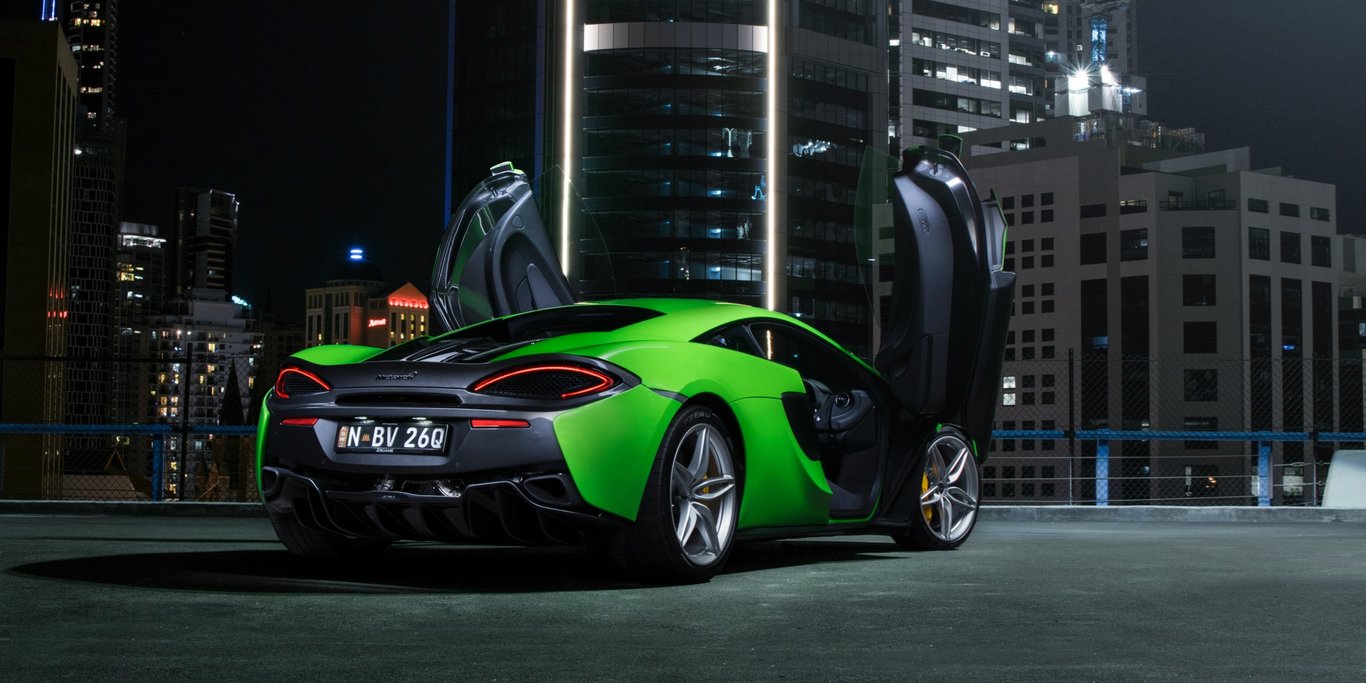
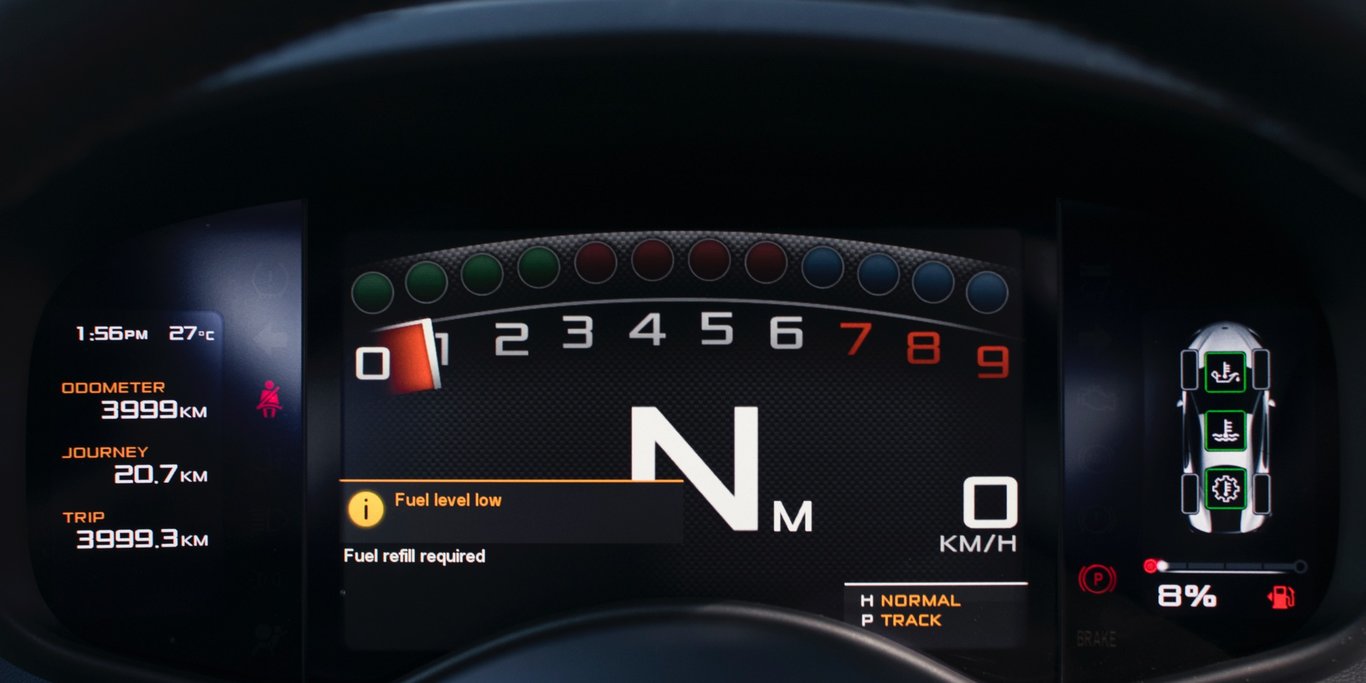
The 570S, in particular, feels (and technically is) quicker than a Lamborghini Huracan, especially on the move. It goes from 40-100km/h with such ferocity, it can make you feel a little sick.
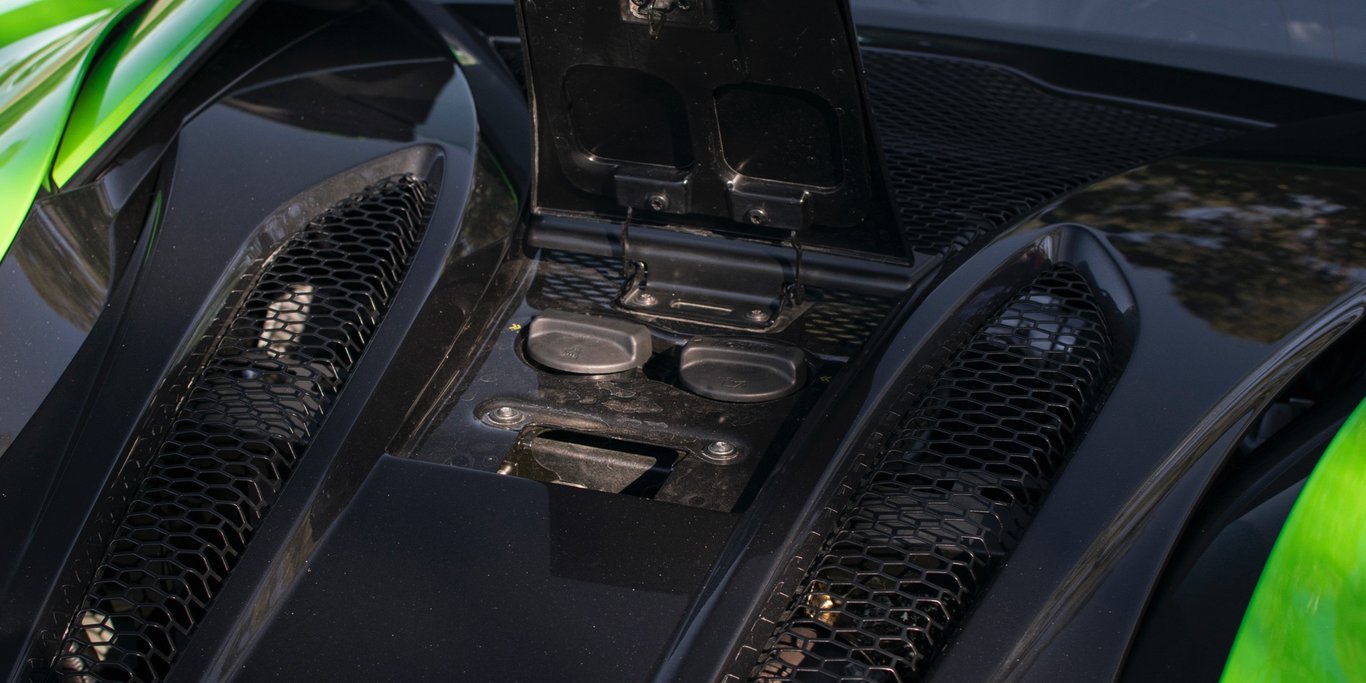
Not having a naturally aspirated engine has a few downsides, the most notable being the lack of a good engine and exhaust note. However, the torque delivery from the V8 (419kW and 600Nm for 570S; and 397kW and 540Nm for 540C) comes on hard and remains relentless.

Does it have lag? McLaren would tell you no, but despite having two turbos and probably the best engine technology in its class, there is still a hint of lag. That initial acceleration, the pedal engagement to power delivery to the road, is never going to match that of a larger capacity, naturally aspirated V8 or V10. In saying that, once the boost is on, it makes mince of nearly anything on the road.

Having been in a 675LT also, the difference is yet another whole level above. We can’t wait to try the insanely high-powered McLaren 720s in the near future.
What we loved and hated the most about the two McLarens was their dynamic ability. There is endless grip and even when driven deliberately to misbehave, the worst character trait is mild understeer. These cars are truly marvels of engineering.
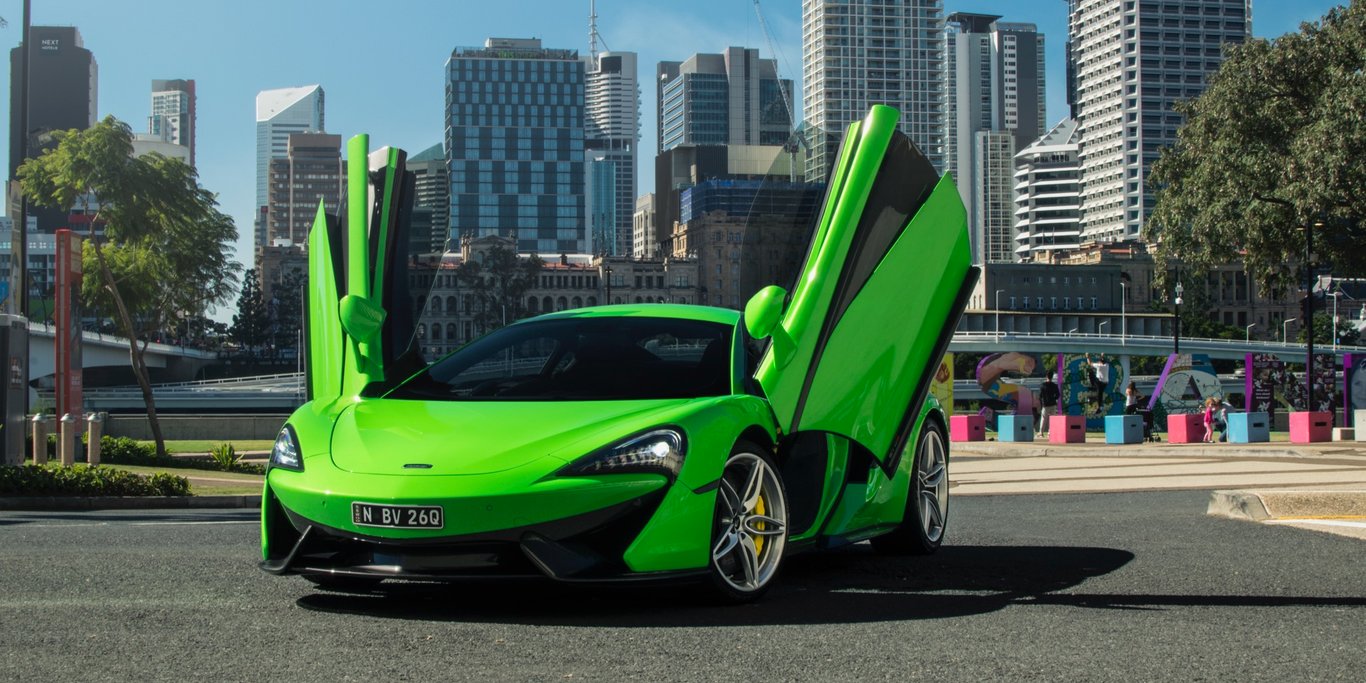
Both of these cars have almost nothing wrong with them when driven at close to the limit. We would say ‘at the limit’, but God knows where that is as one can just go faster and faster and faster and the Macs obey and seemingly defy the laws of physics at every turn. This is excellent if you want to go really fast, both around a mountainous road and also on a racetrack, but it’s also, well… a little boring.

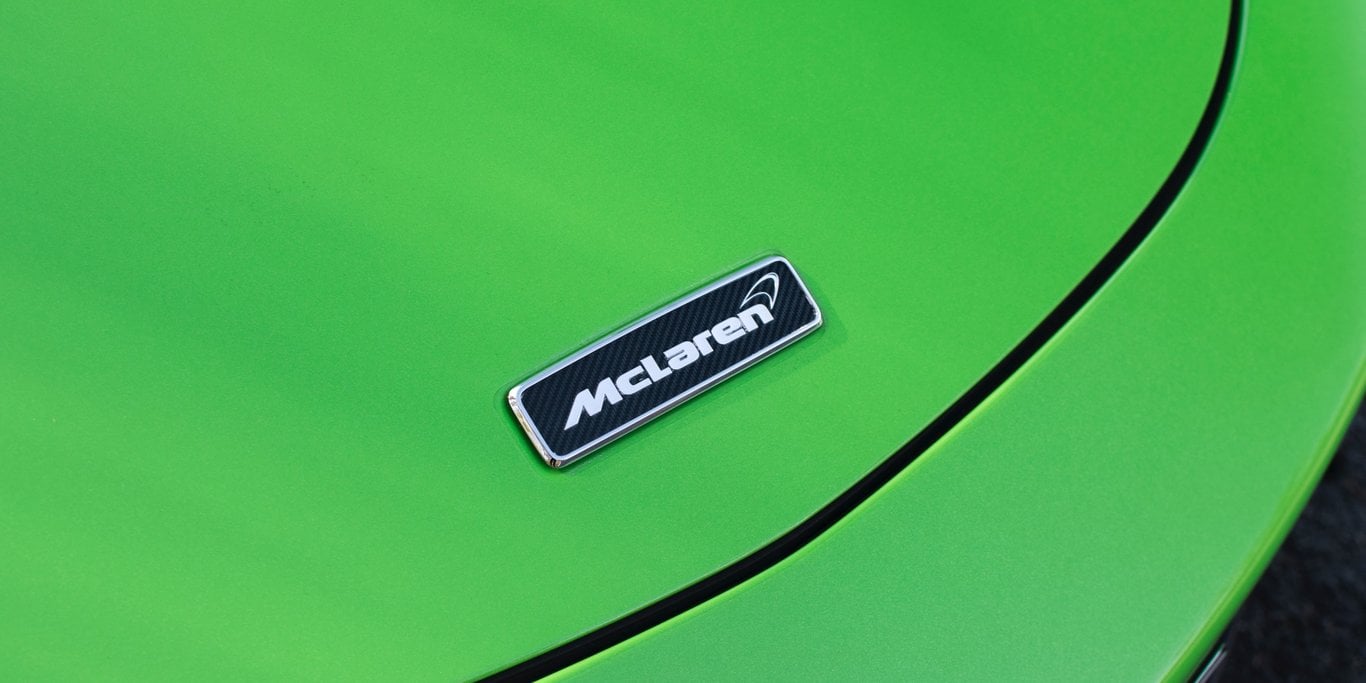

Now before you rush down to the comments section to yell in its defence, hear us out.
Part of supercar ownership is extreme performance, there is no doubt. These two McLarens have that in spades. But, we believe supercars need a character that makes you feelsomething. For example, the Ferrari 488 we recently reviewed was terrifyingly fast, but it was also just terrifying in general.

It was like a mad Italian after blood. It attempted murder every few minutes and driving it at speed was one of the most exhilarating sensations we have ever experienced, for our life literally remained on the balance at all times.
These two cars? They make you feel like Fernando Alonso (though, to be fair, Fernando would probably love the reliability and power of either of these two), in the sense that no matter what you do, the car all but works out how to make it around the next corner in the best way possible.
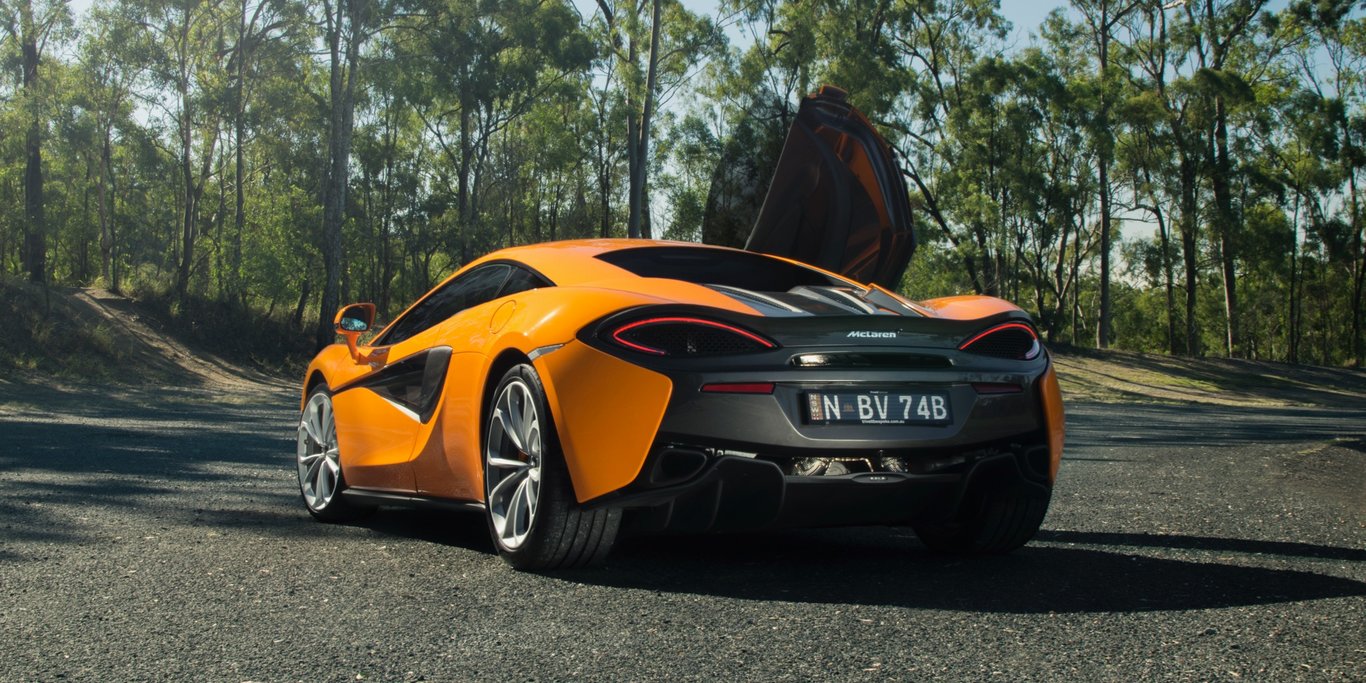
We admire that, and many owners have bought McLarens just for that reason, but we also want to be thrilled while driving a supercar. We want to feel scared, we want to know the car will bite back. Maybe that’s just us.
After a very engaging drive through the mountainous roads that surround Brisbane, it would be fair to say that the only difference between these two cars in terms of on-road performance is brake wear. Whilst the 540C’s standard discs don’t necessarily fade as such, they are not as consistently neck-breaking as the 570S.
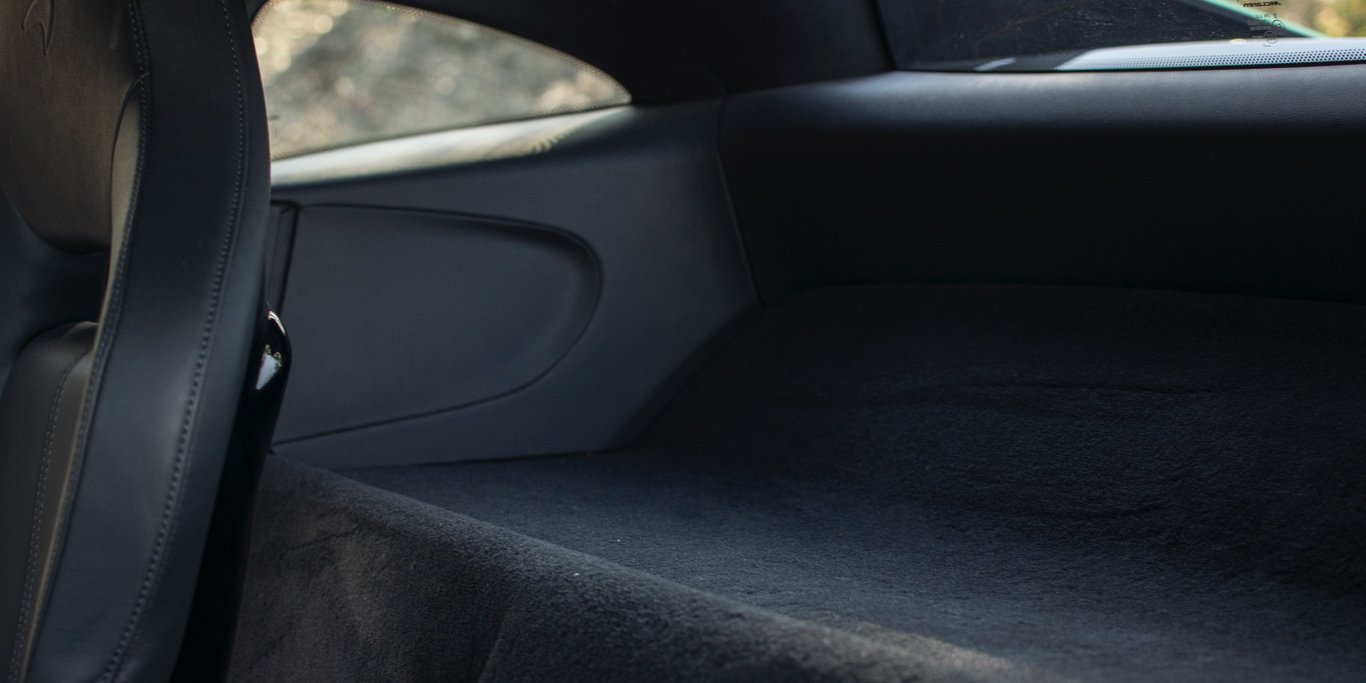
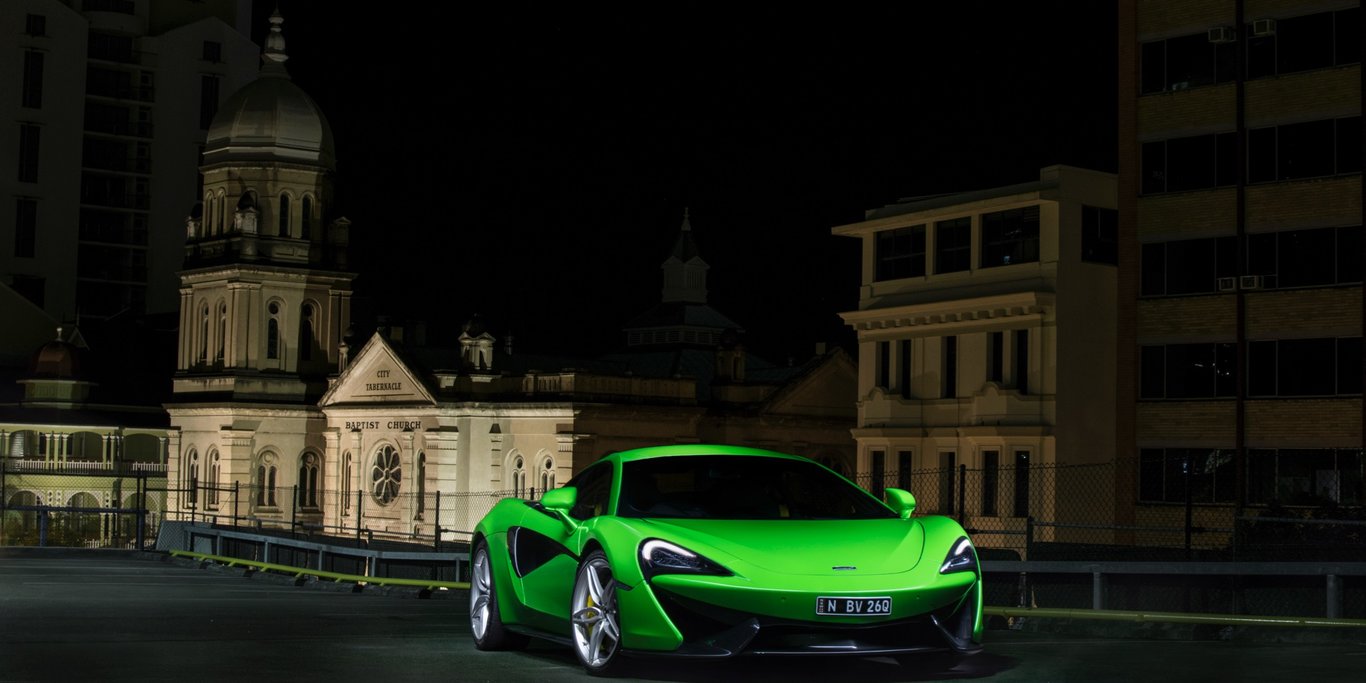
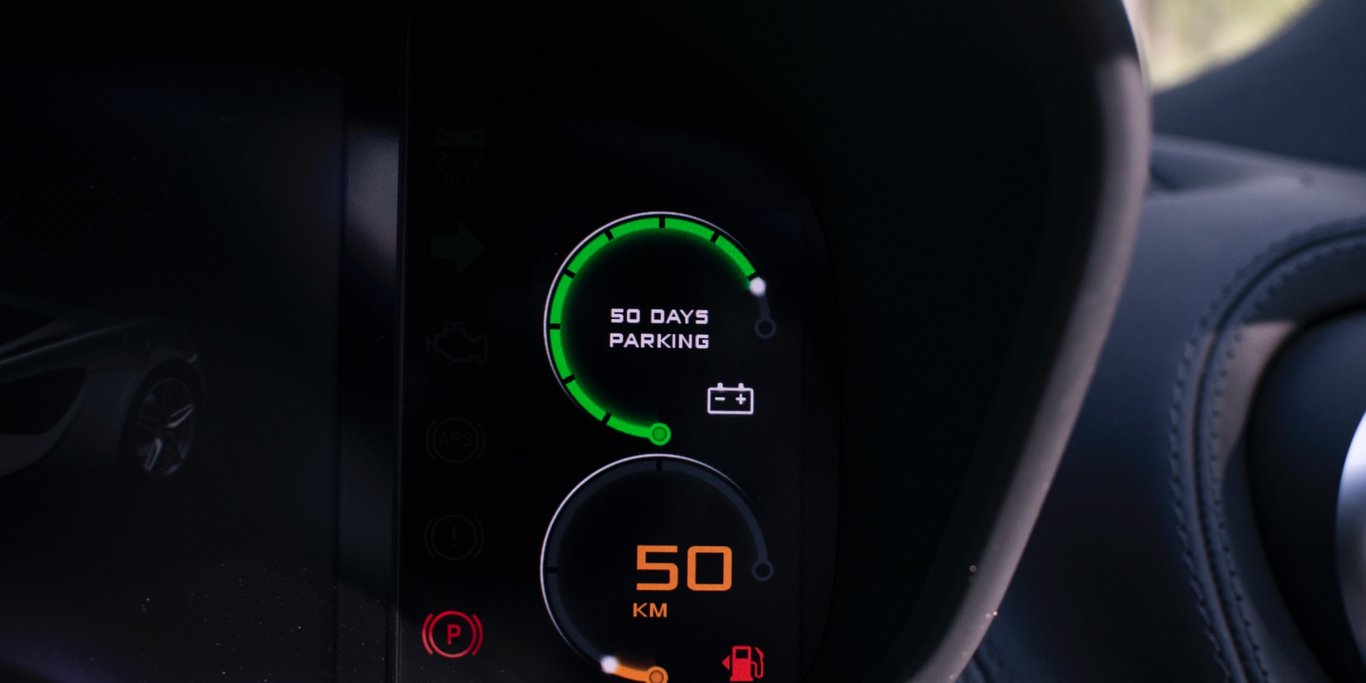
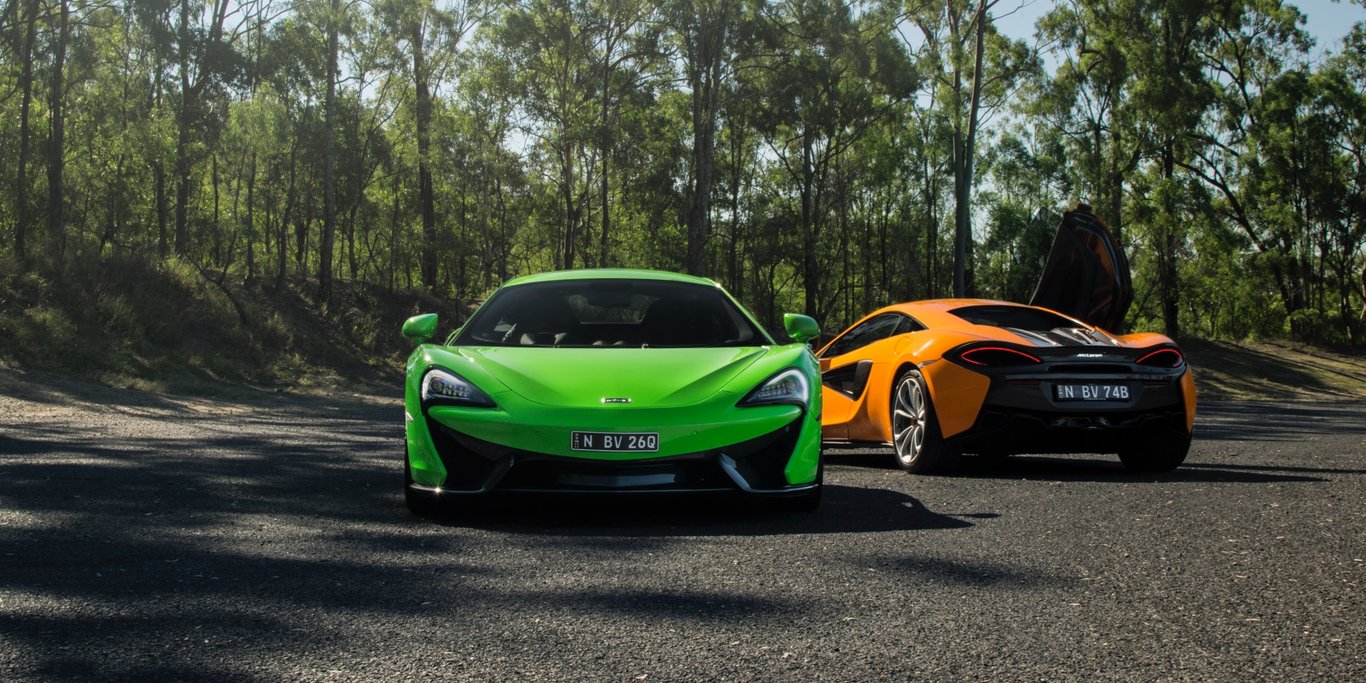
You know what we absolutely loved about the two McLarens? Flames. Yes, seriously. The cars spit flames out of the exhaust. After about 20 minutes of performance driving, both cars started spitting flames out the back like one of those YouTube videos you watch late at night. Kind of like an Aventador going flat out at 300km/h, except these cars do it at 80km/h. In second gear.

As for a brief ownership experience? Both these cars had a lift kit fitted so getting in and out of any particular car park was pretty easy. Also, parking them or fitting them in tight places was a non-issue.
Ride comfort was surprisingly good and with their highly adaptable suspension, potholes or poorly surfaced roads were not a back-breaker. To be fair, these cars were both rather comfortable to drive around town.
These are definitely the type you can drive every day to and from work, and then to a race track or a mountain run on the weekends. It’s a one-stop-shop supercar ownership experience. Best of all, you get all the show of a supercar, with the comfort of a daily. There is nothing daunting about driving one of these.

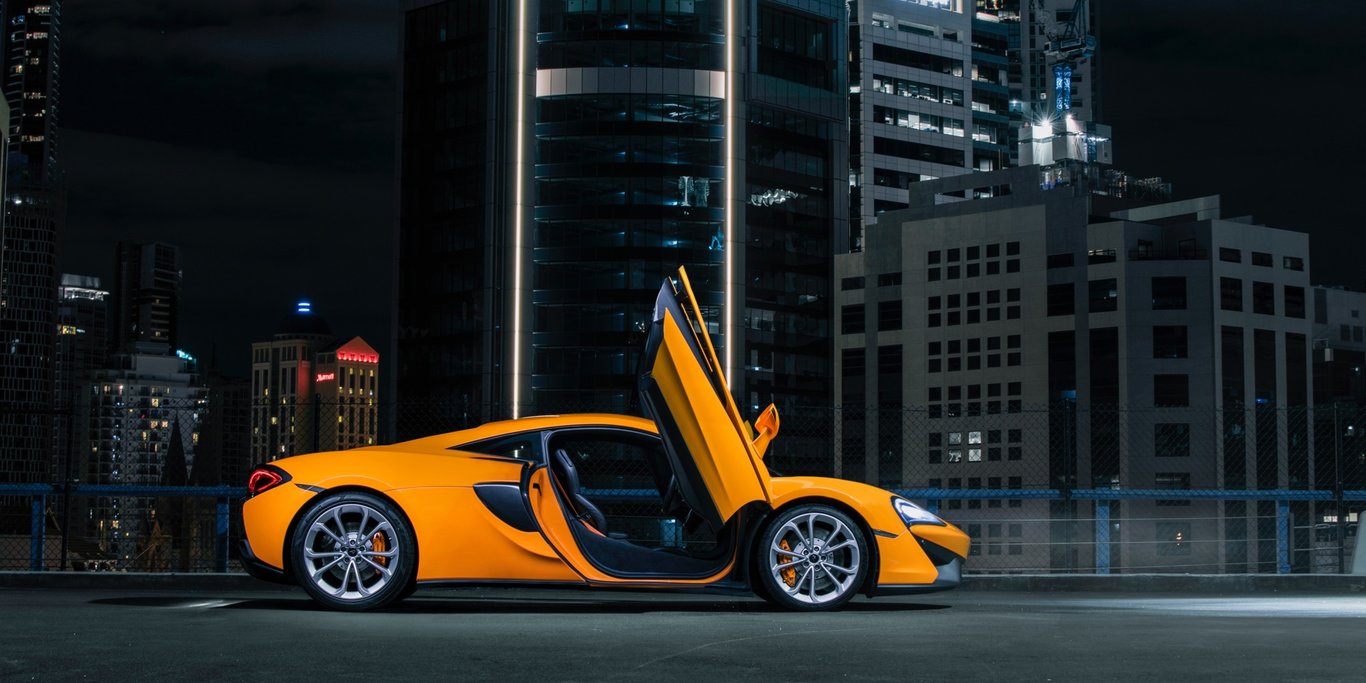
We mentioned previously that McLaren makes a lot of cars out of the single one its engineers build and that may be somewhat of an exaggeration. The good news for those looking to buy an entry-level British supercar, such as either of these two here, is that you are getting the entire McLaren brand’s heritage and performance credentials at a reasonable cost compared to the likes of the 675LT and the upcoming 720S. And the average punter hasn’t got a clue which is which.
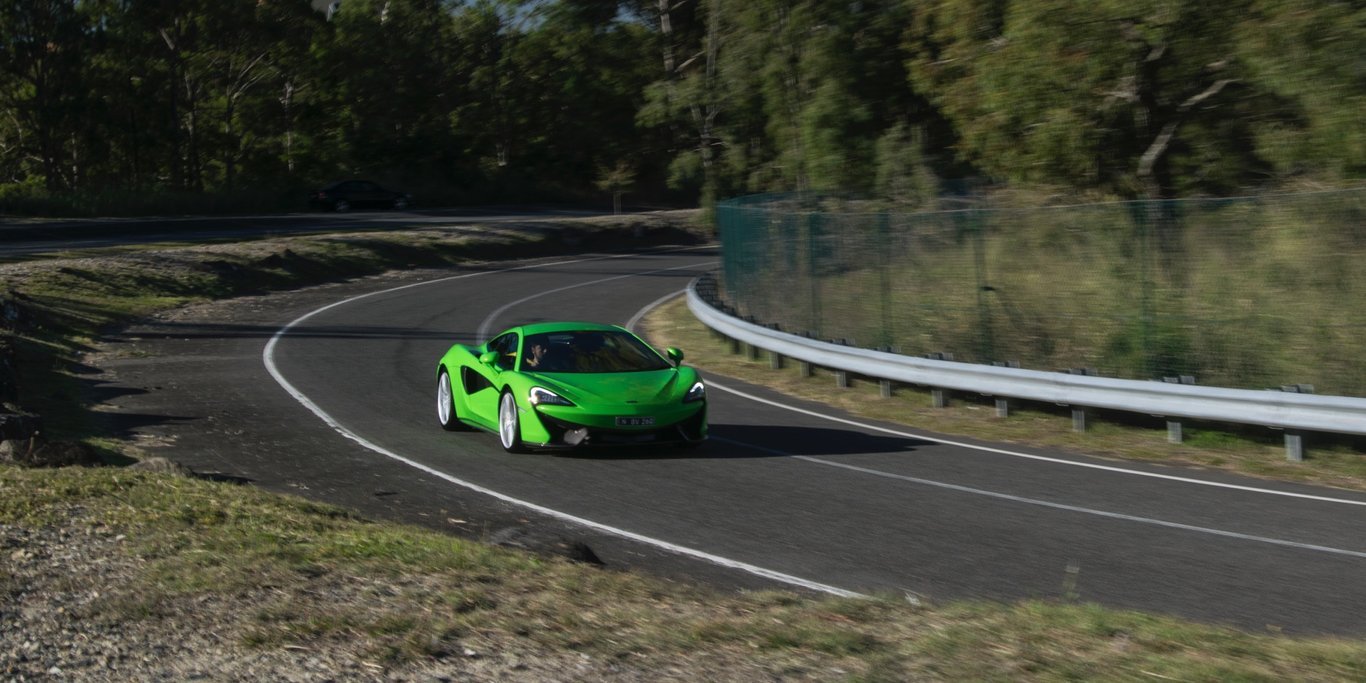

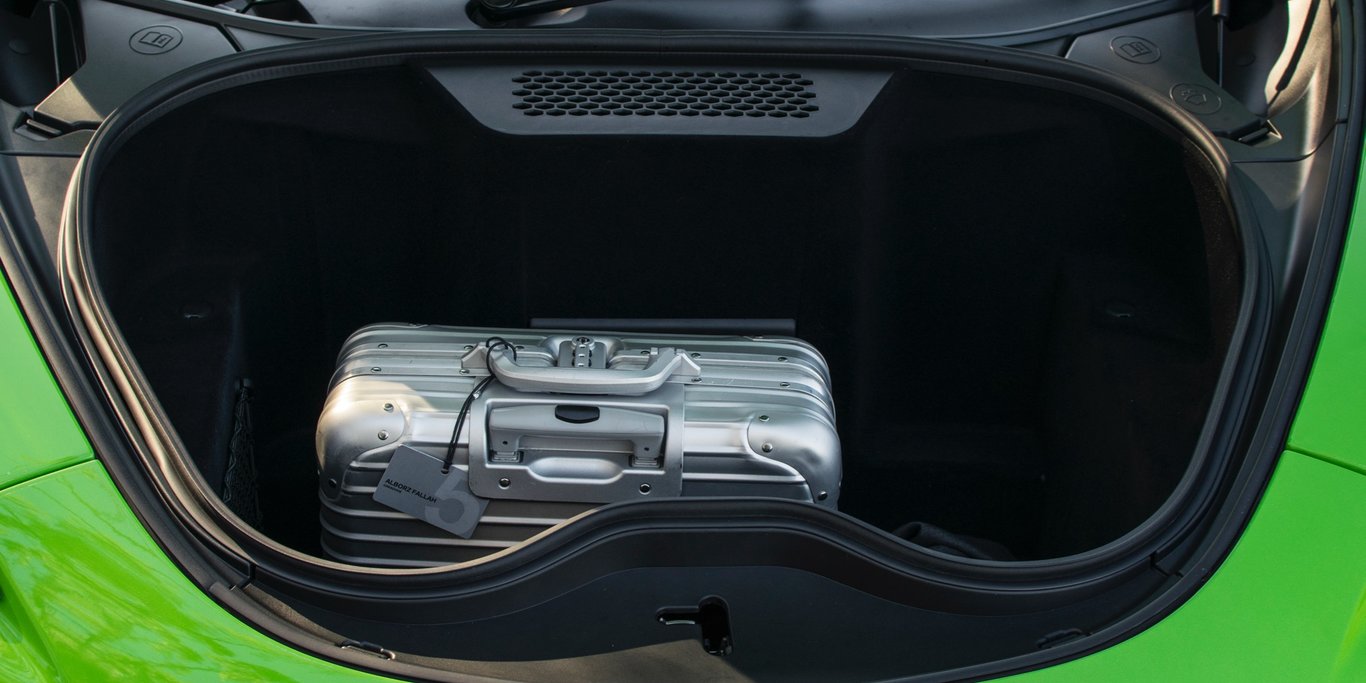
Besides, we have seen what a basic ECU tune can do to this mighty V8, so getting 650S levels of power out of these two isn’t really all that much of a challenge (so long as you’re willing to forgo your warranty).
Did we love the 570S and 540C? Absolutely. They stand out wherever they go and perform flawlessly at what they are meant to do.
…
Read full post here:
https://www.caradvice.com.au/569106/2017-mclaren-540c-mclaren-570s-review/


